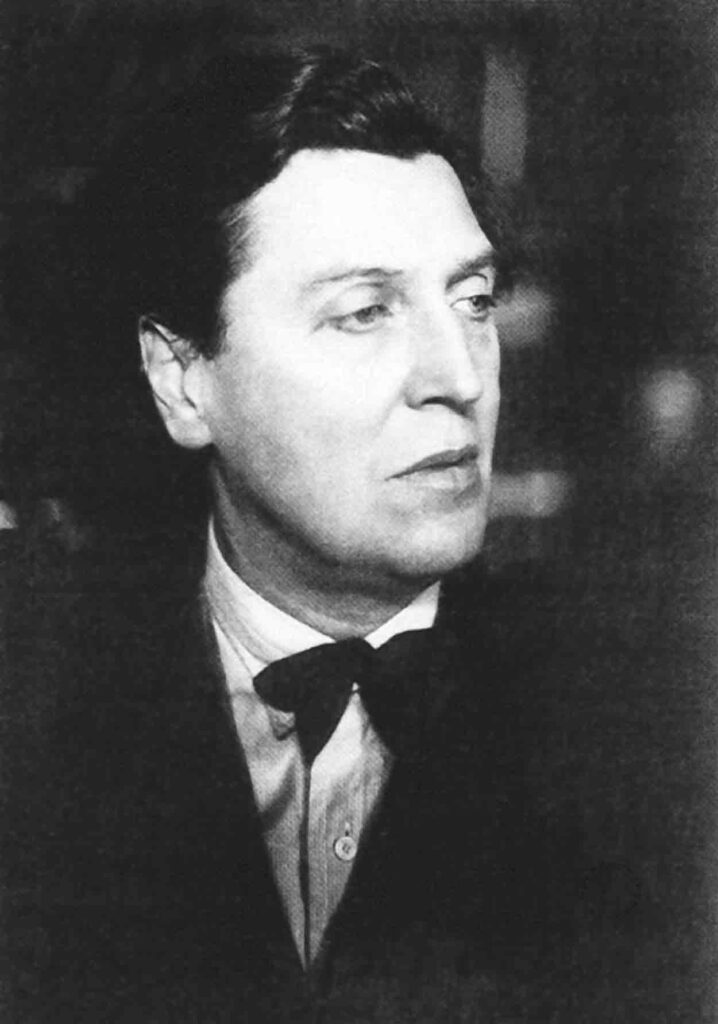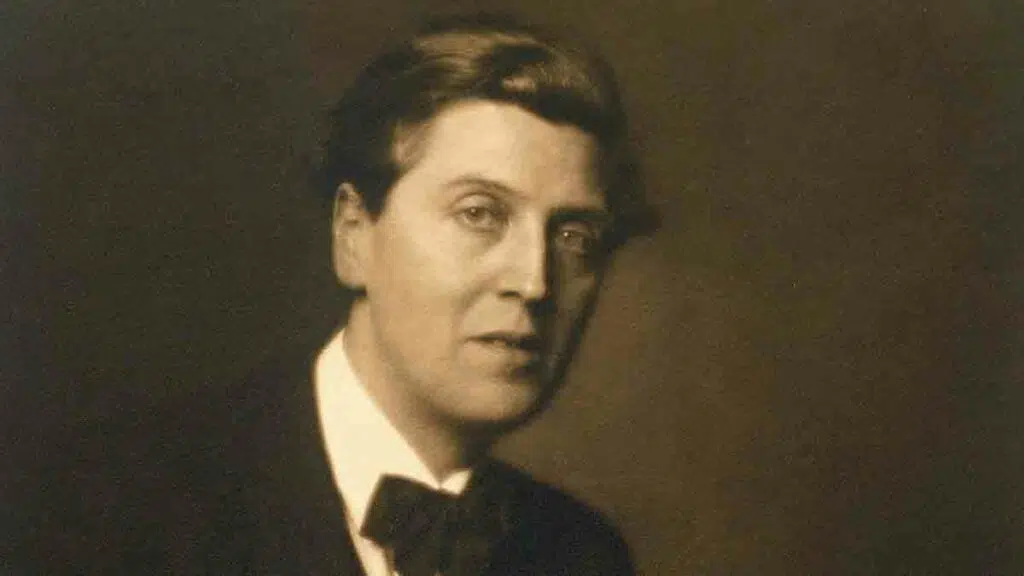Alban Berg is the most famous composer of the Second Viennese School. It is he who is considered an innovator in the music of the twentieth century. Berg's work, which was influenced by the late Romantic period, followed the principle of atonality and dodecaphony. Berg's music is close to the musical tradition that R. Kolisch called "Viennese espressivo" (expression).
Sensual fullness of sound, the highest level of expressiveness and the inclusion of tonal complexes characterize his compositions. The composer's penchant for mysticism and theosophy is combined with an insightful and extremely systematic analytics. This is especially evident in his publications on music theory.
The childhood years of the composer Alban Berg
Alban Berg was born on February 9, 1885 in Vienna in a middle-class family. In addition to his passion for literature, BERG simply adored music. His father is a dealer in art and books, and his mother is an unrecognized poetess. It was clear why the boy's literary and musical talent was encouraged from an early age. At the age of 6, the little boy was hired by a music teacher who taught him how to play the piano. Berg took his father's death in 1900 very hard. After this tragedy, he began to suffer from asthma, which tormented him for the rest of his life. The composer began his first independent attempts at composing musical works at the age of 15.
Alban Berg: the fight against depression
1903 - Berg fails his Abitur and falls into a depression. In September, he even tries to commit suicide. From 1904 he studied for six years with Arnold Schoenber (1874–1951), who taught him harmony and composition. It was music lessons that could cure his nerves and forget about unine. The first public performances of Berg's works took place in 1907 at schoolchildren's concerts.
His first creation "Seven Early Songs" (1905-1908) still clearly followed the traditions of R. Schumann and G. Mahler. But the piano sonata “V. op.1" (1907-1908) was already guided by the teacher's compositional innovations. His last work under the direction of Schoenberg, which already shows a clear independence, is the String Quartet, Op. 3, composed in 1910. The composition demonstrates an extraordinary thickening and weakening of the connection with the major-minor key.
Berg Active Learning
After graduating from high school, Berg studied bookkeeping. In 1906 he began working as an accountant. However, financial security allowed him to live as a freelance composition teacher much later. In 1911 he married Helena Nachowski. In addition to short business trips, Berg always spent time from autumn to spring in Vienna. The rest of the year is in Carinthia and Styria.
During the first two years of training with Schoenberg, BERG was still a civil servant in the lower Austrian lieutenant. And since 1906, he devoted himself exclusively to music. After Schoenberg left Vienna for Berlin in 1911, BERG worked for his teacher and mentor. Among other things, he made a register for writing "Harmonielehre" (1911) and an excellent analytical guide to "Gurre-Lieder".
Alban Berg: return to Vienna
After three years of service in the Austrian army (1915–1918) and the end of World War I, Alban Berg returned to Vienna. There he was offered to become a lecturer at the Association of Private Musical Performances. It was founded by Arnold Schoenberg in his active years of creativity. Until 1921, Berg worked there, developing his musical creativity. The composer's early works mainly consist of chamber music and piano compositions. They were written while still studying with ARNOLD SCHONBERG. The String Quartet op. 3" (1910). It is considered the first extensive work of atonality.
Since 1920, Berg begins a successful journalistic activity. This work brings him fame and a good income. He mainly writes about music and the work of composers of that time. Journalism dragged the musician so much that for a long time he could not decide to continue composing or devote himself entirely to writing music.

Berg's work: active period
In 1914, Berg attends Georg Büchner's Woyzeck. It inspired the composer so much that he immediately decides to write his own music for this play. The work was completed only in 1921.
1922 - The reduction for pianoforte "Wojzeck" is published independently with the financial support of Alma Mahler.
1923 - A contract is signed with the Wiener Universal-Edition, which also publishes Berg's early work.
1924 - World premiere of parts of Woyzeck in Frankfurt am Main.
1925 Creation of the Lyric Suite for string quartet, premiered on 8 January 1927 by the Kolisch Quartet. World premiere of Erich Kleiber's Woyzeck at the Berlin State Opera.
1926 - Woyzeck is performed in Prague, in 1927 - in Leningrad, in 1929 - in Oldenburg.
Berg plays with the idea of setting Gerhart Hauptmann's fairy tale "Und Pippa tanzt" to music.
"Lulu's Song" - Berg's landmark work
In 1928, the composer decided to write music for Frank Wedekind's Lulu. Active work began, which was crowned with great success. In 1930 Berg was appointed a member of the Prussian Academy of Arts. Financial position and fame allowed him to purchase a holiday home on Lake Wörthersee.
In 1933 the "Song of Lulu" was completed. Her first presentation was dedicated to Webern in honor of his 50th birthday.
1934 - In April, Berg completes the short film "Lulu". The world premiere is scheduled in Berlin with Erich Kleiber. On November 30, the Berlin State Opera hosted the premiere of symphonic works from the opera Lulu by Erich Kleiber.

The last years of creativity
1935 - a break in work on the opera "Lulu". From April to August, Berg is working on composing the violin concerto "The Memory of an Angel" for Manon Gropius, the deceased daughter of Alma Mahler. This two-part work, divided into different tempos, follows the thematic intentions of the requiem. As a solo concerto, this is the first concerto based on the consistent use of a single twelve-tone series. Alban Berg does not live to see the premiere on April 19, 1936 in Barcelona.
Berg was unable to complete his second opera, Lulu, until his death. The Austrian composer Friedrich Cerha added a 3rd act, and the 3-act version was first performed on 24 February 1979 in Paris.
In 1936, the violin concerto premiered in Barcelona with violinist Louis Krasner and conductor Hermann Scherchen.
On December 24, 1935, Berg dies of furunculosis in his native Vienna.



